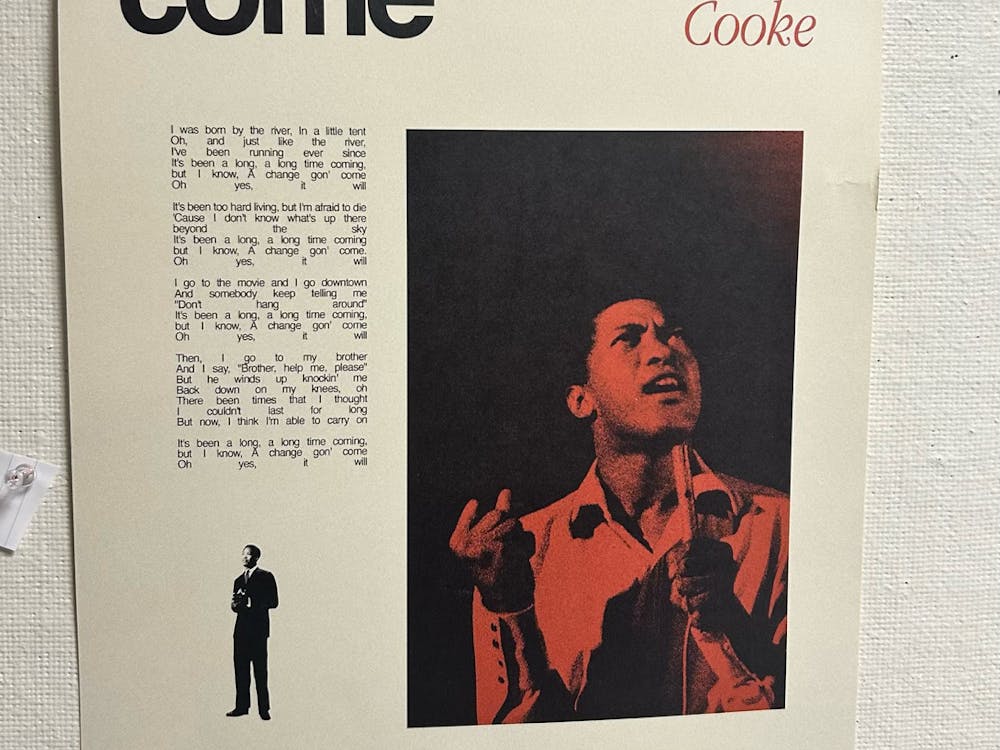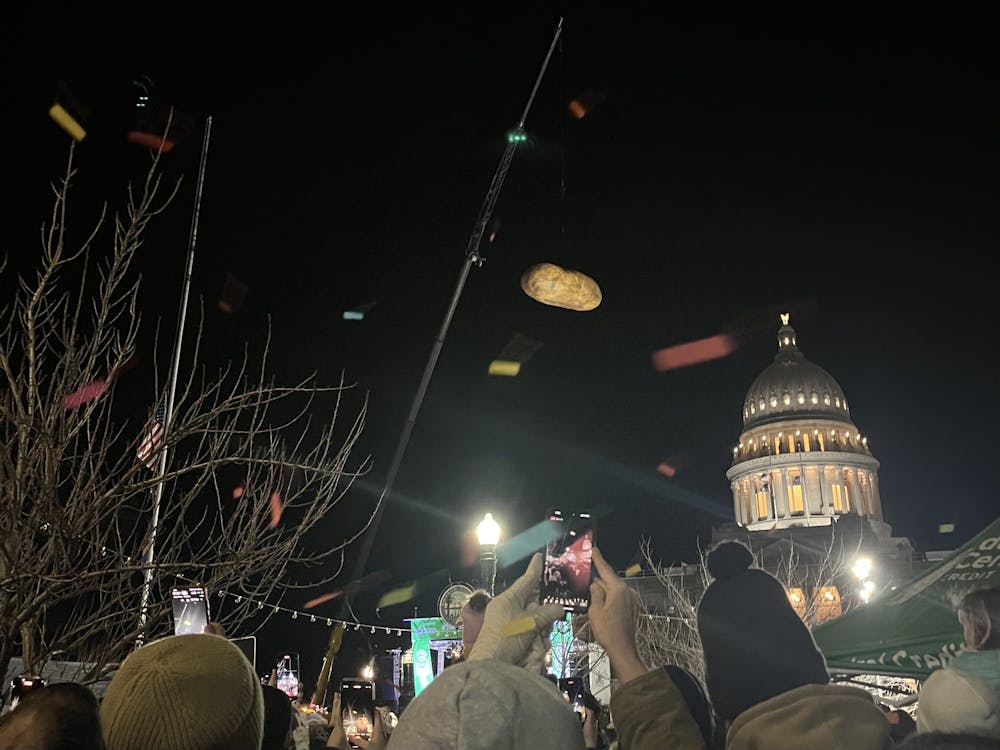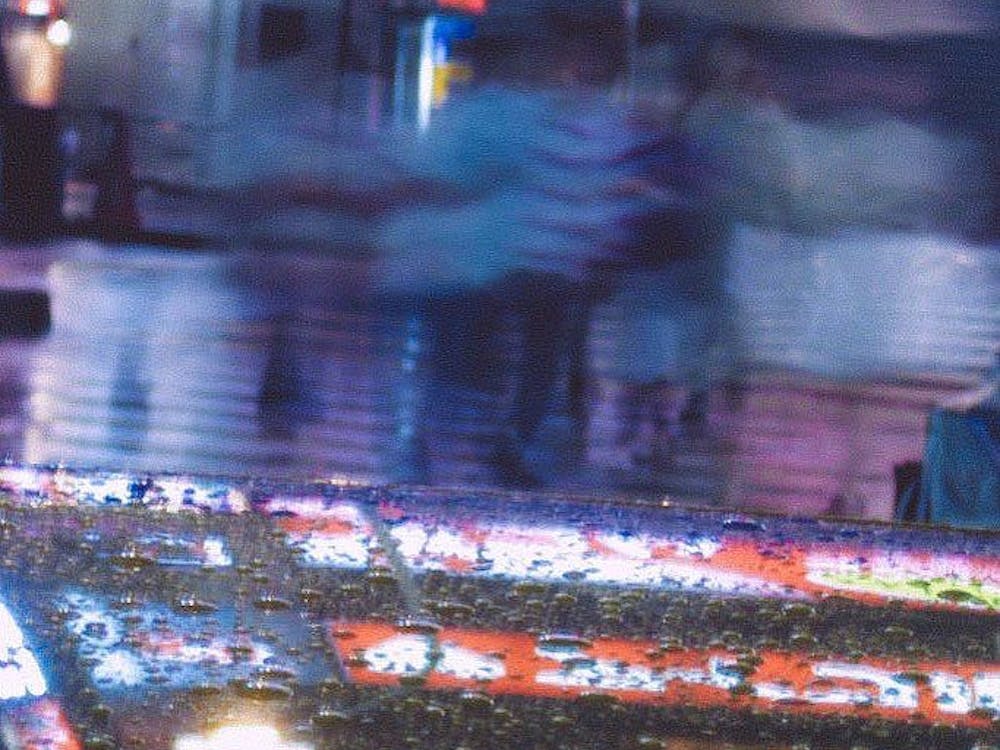Gilmore Girls was never a hit during its original run. It didn’t win awards or gain a large following, but the show’s Netflix-sponsored revival, Gilmore Girls: A Year in the Life, and the wave of millennial nostalgia in the past two decades sparked the show’s current fame. Its enduring cultural impact is a hallmark of Gilmore Girls itself; there’s a hard-to-place something about the show that makes it appeal to its large fanbase today.
One easily noticeable element of this something is just the nostalgia itself. Gilmore Girls is a fall show, built for changing seasons and that strange transitional period that marks autumn. Characters in the show are constantly entering new relationships or new environments — the plot of every episode is a new opportunity for emotional growth, a new transformation for fans to relate to.
The reason viewers of all ages connect with it so deeply comes from the coming-of-age emotional arcs Rory (Alexis Bledel) and Lorelei (Lauren Graham) follow throughout. Even if the transitions don’t wholly mirror the lives of viewers, that feeling of change is the same. Rory moving to Chilton, her gifted kid burnout phase at Yale and Lorelei’s strenuous relationship with her parents are situations broad enough for the viewers to relate to, but are also portrayed in a way that creates an emotional attachment to the characters.
The show’s elegant construction lends itself to more than just nostalgia. Gilmore Girls is aspirational. It romanticizes the ordinary, sticking to the formula of “make the small big, make the big small.” The storylines were never overdramatic, instead choosing to place the spotlight on bad grades, fashion fiascos and painting Luke’s Diner. The show takes everything recognizable about life and adds the elements often missing from reality: satisfying endings, redemption after loss and continual witticisms that accompany every learning experience. The characters are not just realistic, they’re livelier and more colorful; they’re realer than reality.
The acting and scriptwriting only enhanced this effect: non-stop dialogue made the scripts for the show almost 20 pages longer than most hour-long shows of the time, such as One Tree Hill. The “Gilmore-ized” dialogue, shortened pauses between lines and faster speaking, added vivacity to the simplest sentences. Scene after scene was centered on a single rapid-fire back-and-forth between two characters. Graham and Scott Patterson, who played Luke, even quit smoking to keep up with the speed of line delivery during scenes.
Rory and Lorelei’s relationship is enviable, one that everyone either wants or has with their parents. The effortless nature of Bledel and Graham’s acting heightens the show’s charm: casual touches when the two are in the same scene, their chemistry during conversations and the allure of the conversations themselves make even their most simple two-person interactions attractive to viewers.
Ah, the conversations: hundreds of allusions to movies and TV shows and great books and, of course, the Franco-Prussian War. They were so numerous and old-fashioned that the creator of the show, Amy Sherman-Palladino, had to defend the inclusion of an Oscar Levant reference in one of the episodes. The references are endless, often nonsensical, but they always feel right. The show is a bubble of familial love, a comfortable escape when the real world gets too heavy, because no matter how difficult everything is in Stars Hollow, it’s always better than reality: a little bit lovelier and a little bit more magical.
But for me, the best part of Gilmore Girls is its rewatch potential: It’s become second nature for me to just close my eyes, pick an episode and fall right back into Stars Hollow. Friday-night dinners, going to Luke’s, scones at Weston’s and town hall meetings lend a sense of comfort to the show. It’s timeless: You can watch a Christmas episode in the middle of July and these narrative rituals still make it feel synchronous with reality.
There’s a sense of melancholia in the air as summer seeps into fall; it’s a sign of things ending, a desire to delve under blankets and think about happy cozy memories. And at least for me, nothing really encompasses that feeling as well as Gilmore Girls, with seasons on end of elegant scriptwriting and rapid-fire banter, all a small bubble away from the real world to find solace in every fall.





